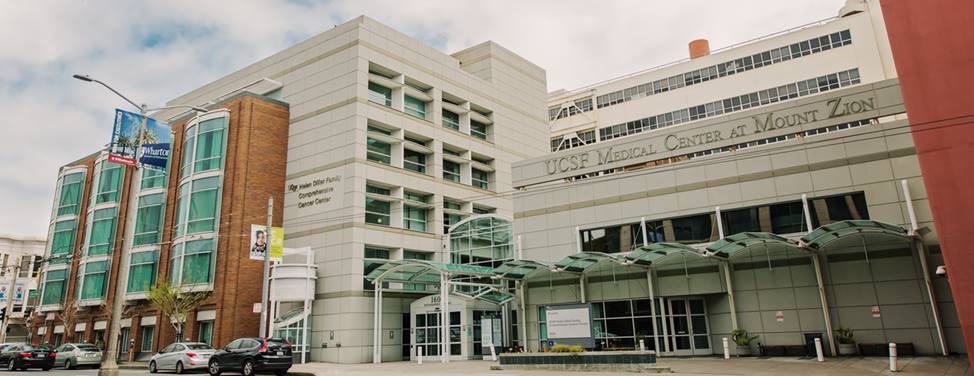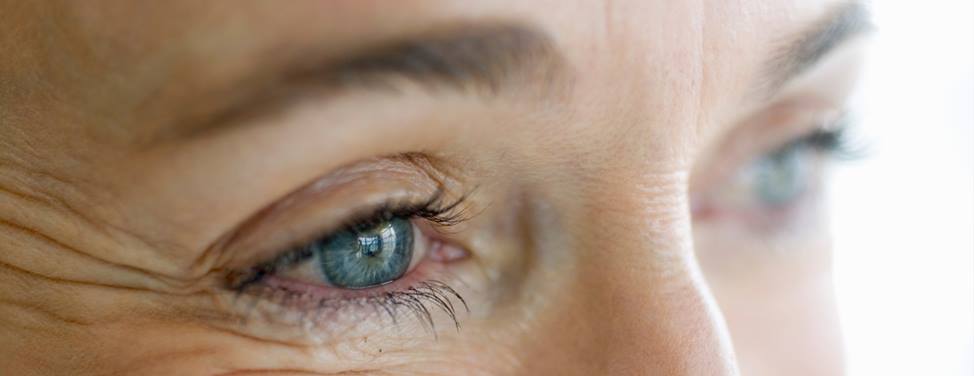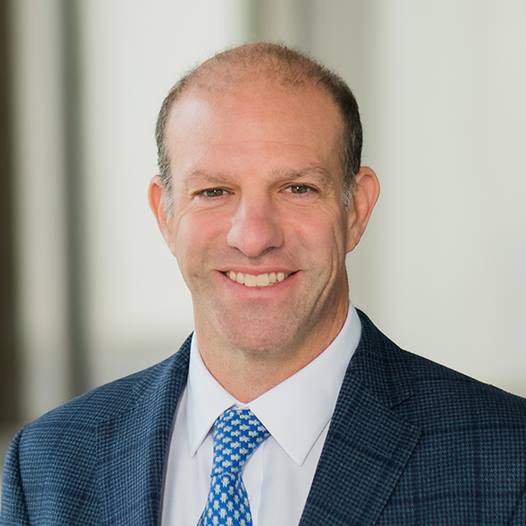A facelift can help "turn back the clock" by removing some of the visible signs of aging from your face. The procedure can eliminate excess fat, tighten underlying facial muscles and smooth the skin of your face. Although a facelift cannot stop the natural aging process altogether, it can help you look younger and rejuvenated.

Facelift
The best candidates for facelifts are men and women who have:
- Jowls, or loss of a well-defined jaw line
- Deep wrinkles in the cheeks and sagging of the "highlight" areas of the cheekbones
- Loose skin wrinkles, vertical "cords" or excess fatty tissue in the neck
- Deep lines, or folds, running from the corner of your nose to the corner of your mouth
Facelifts are not designed for some conditions, such as sagging eyebrows, excess skin and fatty deposits in the upper and lower eyelids, or wrinkles around the mouth. However, your facial plastic surgeon can suggest other procedures that may be right for you. In many cases, facelifts are performed in combination with other procedures such as nose reshaping, neck lift, forehead lift, eyelid surgery and skin treatments.
Preparation
If you are considering a facelift, you will first meet with a facial plastic surgeon for a consultation. Please come to your initial visit with information about your medical history, including previous surgeries, present and past health problems, and any medications, vitamins or nutritional supplements you are currently taking or have taken recently.
Medical conditions such as uncontrolled blood pressure, blood clotting problems and the tendency to develop excessive scarring may cause problems before and after surgery. Your surgeon will examine you for any of these underlying health problems. Also, if you plan on losing weight, you should discuss this with your surgeon. It is often recommended that you wait to have a facelift until you reach your desired weight, so that you do not have excess skin after surgery.
During this consultation, your surgeon will evaluate your face, including your skin, underlying facial tissues and bone structure. Your hairline will also be examined to determine where incisions can be discreetly placed.
If you decide to have a facelift and your surgeon thinks that you are a good candidate for the procedure, he or she will thoroughly explain the techniques and anesthesia that will be used, the type of facility where the surgery will be performed, and the risks and costs involved. Be sure to ask your surgeon any questions you may have, and express your concerns and expectations related to the surgery.
Risks
Although facelifts are a very common procedure and the risks associated with the procedure are rare and often temporary, it is very important to understand and discuss them with your surgeon before having the surgery. Some of the potential complications may include hematoma (an accumulation of blood under the skin that may require removal), infection and reactions to anesthesia.
You can help minimize certain risks by following the instructions of your plastic surgeon, both before and after surgery. Once the date for surgery has been set, your surgeon will provide you with specific instructions on how to prepare for surgery. These include guidelines on drinking, smoking, and taking and avoiding certain medications and vitamins. If you smoke, it is highly recommended that you stop smoking for a period of time before and after surgery. Also, if your hair is short, you may want to grow your hair long enough to cover any scars while they are healing.
It is suggested that you arrange for someone to drive you home after surgery, and care for you afterwards until you are feeling better.
Procedure
Facelifts are performed in an office-based surgical suite, hospital or outpatient surgery center. If you are admitted to the hospital or surgery center, you will usually only stay one or two nights. To keep you comfortable during your procedure, you will be given local or general anesthesia, or intravenous sedation. Local anesthesia numbs the face and surrounding area, while keeping you sedated but awake during surgery. General anesthesia keeps you asleep throughout the entire procedure. You can discuss which type of anesthesia you would like with your surgeon. Depending on the extent of the surgery, the procedure usually takes between two to four hours.
There are many different facelift techniques. Based on your features and cosmetic goals, your surgeon will perform the procedure that best meets your needs. The surgeon will generally begin the procedure with an incision in the hair just above and in front of the ear, extending the incision downward just in front of the ear. The incision typically continues around the bottom of the earlobe, behind the ear, and into the hair behind the ear, which makes it easy to conceal with hair or makeup.
The skin is then raised outward so that the surgeon can reposition and tighten the underlying muscle and connective tissue. Some fat may be removed, as well as excess skin. In some cases, the deeper tissues may be repositioned to restore a more youthful contour to your face. An incision under the chin may also be made. This allows your surgeon to remove fatty tissue and smooth the cord-like structures of the underlying muscle in the neck.
After trimming the excess skin, the surgeon closes the incisions with fine sutures (stitches) or by using metal clips. Following surgery, your surgeon will apply a dressing to protect the entire area where the incisions have been made. To help control swelling, cold compresses are often recommended during the first 48 hours after surgery.
Recovery
Recovery from a facelift occurs in stages, and everyone experiences it at a different rate. When surgery is completed, you will be taken into a recovery area where you will be closely monitored. In most cases, you will be permitted to go home after a few hours, although some patients stay overnight for one or two days. If you experience any discomfort after surgery, your surgeon can prescribe pain medications to keep you comfortable during the first few days of recovery.
Bruising and swelling is unavoidable and must be anticipated. Sometimes a bandage is wrapped around a patient’s face to minimize swelling, and small drainage tubes are placed beneath the skin to avoid the accumulation of fluids. Try to keep your head elevated during the first few days following surgery to minimize swelling. Most of the bruising will reach its peak within the first week and then begin to subside.
Also within the first week, your bandages and stitches will be removed or will dissolve. You will be able to shower, resume light activity and begin to wear makeup to conceal any discoloration. After several weeks, swelling, puffiness and numbness in your face will begin to subside, although some numbness may continue for several months.
Resuming Normal Activities
Your surgeon will provide you with specific instructions and guidelines for resuming your regular daily routine. In most cases, after two weeks, you can begin any normal, non-strenuous activities. After several weeks, you can begin all normal activities and exercise.
It is important to note that your facial skin will be very sensitive. Avoid direct sunlight during your healing period, and be sure to always use sun block thereafter.
Follow-Up
Your surgeon will schedule frequent follow-up visits in the months after surgery to check on your progress. If you have any unusual symptoms between visits or any questions or concerns, please do not hesitate to call your surgeon’s office.
UCSF Health medical specialists have reviewed this information. It is for educational purposes only and is not intended to replace the advice of your doctor or other health care provider. We encourage you to discuss any questions or concerns you may have with your provider.











